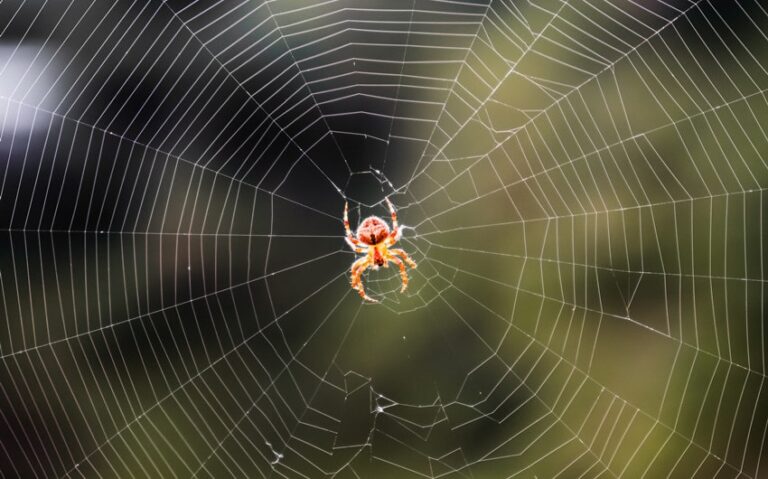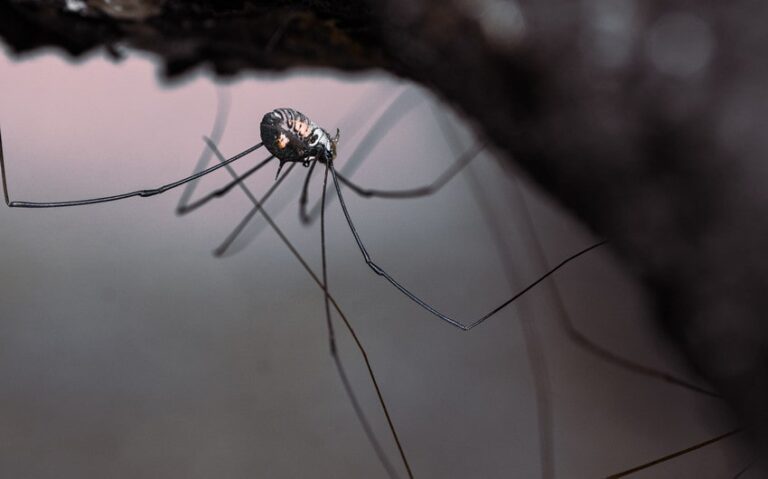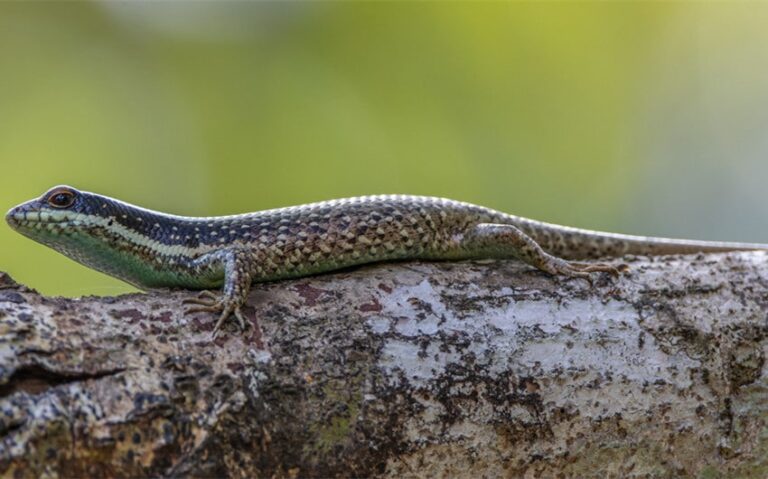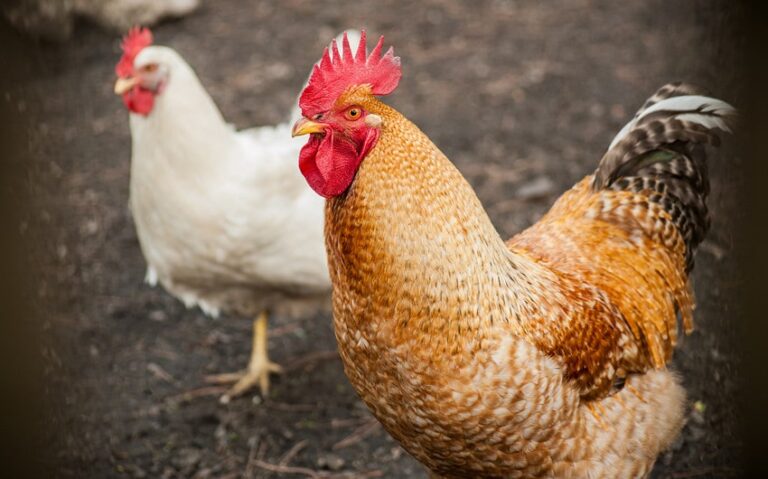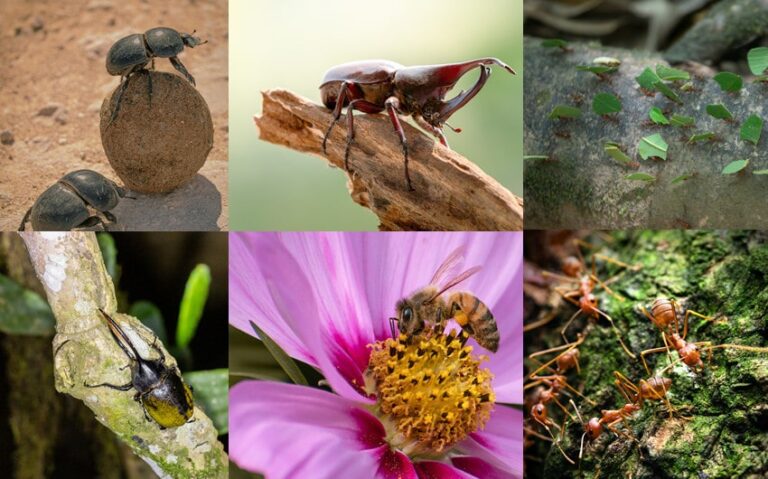Explore 30 Unique Animals That Start With E In This List
The animal kingdom is full of wonders, and some of the most fascinating creatures have names that begin with the letter “E.” From the towering elephant to the elusive echidna, animals that start with E span a wide range of species, each with its own unique characteristics and stories.
Whether you’re a wildlife enthusiast or just curious about nature, exploring these animals offers a glimpse into the diversity of life on Earth. Let’s dive into this list of intriguing creatures and discover what makes each one special.
1. Eagle
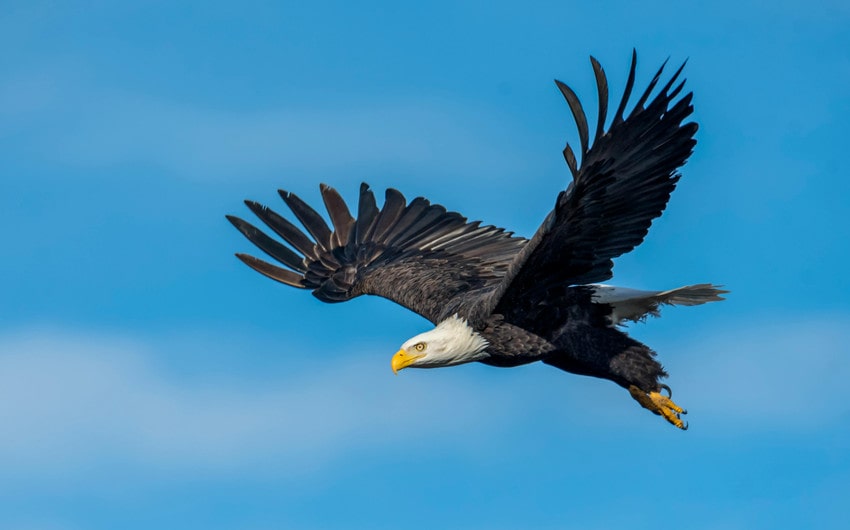
Overview:
Eagles are powerful birds of prey known for their sharp eyesight and hunting skills. They are often considered symbols of strength and freedom.
Species Diversity:
Notable species include the Bald Eagle, Golden Eagle, and Harpy Eagle.
Habitat and Diet:
Eagles are found in a variety of habitats, from forests to mountains, and they primarily hunt fish, small mammals, and other birds.
Cultural Significance:
Eagles hold a significant place in many cultures and are often used as national symbols, such as the Bald Eagle in the United States.
2. Elephant
Overview:
Elephants are the largest land animals on Earth, known for their intelligence, memory, and strong social bonds.
Species Diversity:
There are three species of elephants: the African Savannah Elephant, the African Forest Elephant, and the Asian Elephant.
Habitat and Social Structure:
Elephants live in a variety of environments, including savannas, forests, and deserts, and are known for their matriarchal social structures.
Conservation Status:
Elephants face threats from habitat loss and poaching, with many conservation efforts in place to protect them.
3. Echidna
Overview:
Echidnas are unique egg-laying mammals, also known as spiny anteaters, native to Australia and New Guinea.
Physical Characteristics:
They are covered in spines and have a beak-like snout used for feeding.
Habitat and Diet:
Echidnas are found in a range of habitats, including forests and grasslands, and they feed on ants, termites, and other small invertebrates.
Reproduction:
Echidnas lay eggs, which is rare for mammals, and carry the young in a pouch until they are ready to fend for themselves.
4. Emu
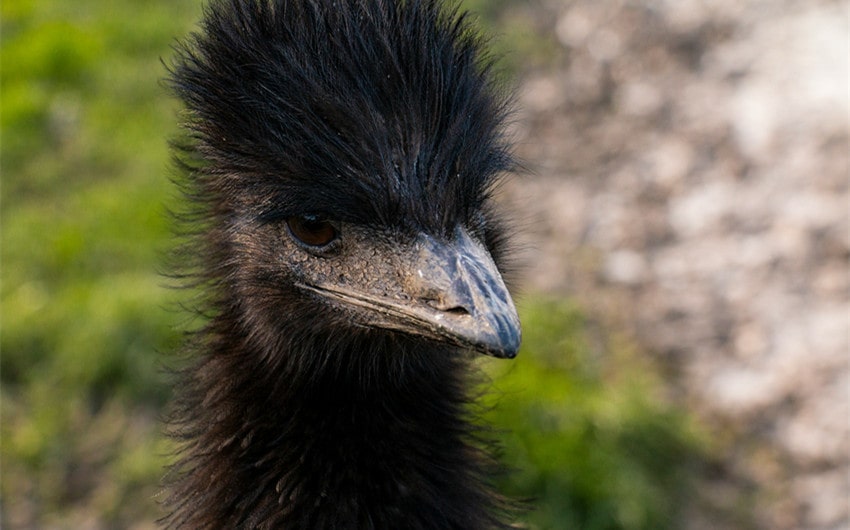
Overview:
The emu is Australia’s largest bird and the second-largest bird in the world after the ostrich.
Physical Characteristics:
Emus have long legs, large bodies, and are flightless, but they are fast runners, capable of reaching speeds up to 50 km/h (31 mph).
Habitat and Diet:
They inhabit open landscapes across Australia and feed on a variety of plants, fruits, and insects.
Cultural Significance:
The emu is featured on Australia’s coat of arms, symbolizing the country’s unique wildlife.
5. Electric Eel
Overview:
The electric eel is a freshwater fish known for its ability to generate powerful electric shocks.
Physical Characteristics:
It has an elongated, cylindrical body and specialized organs that produce electricity.
Habitat and Hunting:
Electric eels are found in the rivers and swamps of South America, where they use their electric shocks to stun prey and defend themselves.
Unique Adaptations:
These eels can produce shocks up to 600 volts, which they use for hunting and communication.
6. Eland
Overview:
Elands are large antelope species found in Africa, known for their size and spiral horns.
Species Diversity:
There are two main species: the common eland and the giant eland.
Habitat and Diet:
Elands live in savannas and grasslands and are herbivores, feeding on grasses, leaves, and fruits.
Conservation Status:
While common elands are not endangered, the giant eland is considered vulnerable due to habitat loss and hunting.
7. Eagle Ray
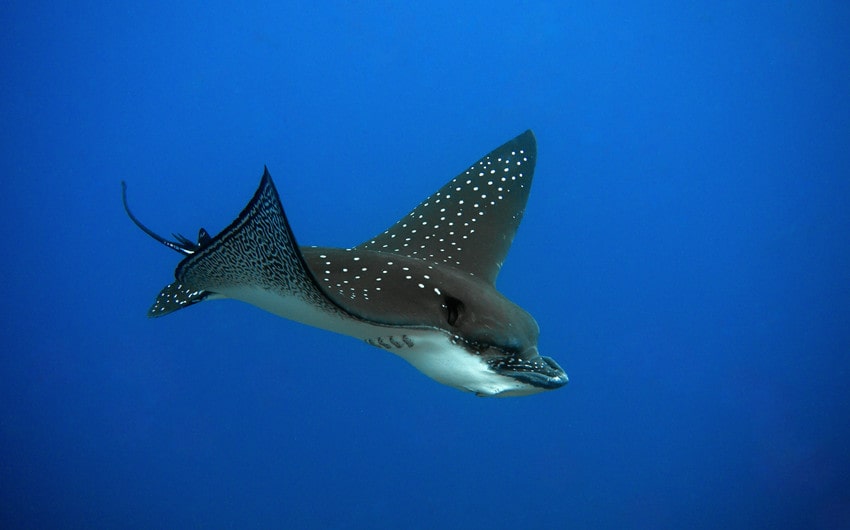
Overview:
Eagle rays are a group of cartilaginous fish known for their graceful swimming and distinctive wing-like pectoral fins.
Physical Characteristics:
They have a flat, disk-shaped body with long, pointed fins and a tail often equipped with venomous spines.
Habitat and Diet:
Eagle rays are found in coastal waters around the world, where they feed on mollusks, crustaceans, and small fish.
Behavior:
They are known for their ability to leap out of the water, a behavior that is both fascinating and mysterious to scientists.
8. Eastern Bluebird
Overview:
The Eastern Bluebird is a small, colorful songbird native to North America, easily recognized by its vibrant blue and rusty orange plumage.
Habitat and Behavior:
Eastern Bluebirds prefer open fields and woodlands and are cavity nesters, often using nest boxes provided by humans.
Diet:
They feed on insects, fruits, and berries, making them beneficial for controlling pest populations.
Conservation:
Thanks to conservation efforts, Eastern Bluebird populations have rebounded after facing declines due to habitat loss and competition from invasive species.
9. Egyptian Vulture
Overview:
The Egyptian Vulture is a small vulture species known for its distinctive yellow face and scavenging behavior.
Habitat and Diet:
These vultures are found in southern Europe, Africa, and Asia, where they feed on carrion, eggs, and small mammals.
Unique Behavior:
Egyptian Vultures are one of the few birds known to use tools, often using rocks to break open eggs.
Conservation Status:
The species is considered endangered due to habitat loss, poisoning, and declining food sources.
10. Egret

Overview:
Egrets are long-legged wading birds, often seen in wetlands and along shorelines, known for their elegant appearance.
Species Diversity:
Common species include the Great Egret, Snowy Egret, and Cattle Egret.
Habitat and Diet:
Egrets are found worldwide in wetlands, where they feed on fish, amphibians, and invertebrates.
Nesting:
They often nest in large colonies, sometimes alongside other water birds, in trees or shrubs near water.
11. Eurasian Lynx
Overview:
The Eurasian Lynx is a medium-sized wild cat found across Europe and Asia, known for its tufted ears and thick fur.
Habitat and Hunting:
These lynxes live in dense forests and mountainous regions, where they hunt deer, hares, and birds.
Conservation Status:
While the species is not endangered, certain populations are vulnerable due to habitat fragmentation and poaching.
Role in Ecosystem:
As top predators, Eurasian Lynxes help control populations of herbivores, maintaining ecological balance.
12. Ermine
Overview:
The ermine, also known as the stoat, is a small mammal known for its white winter coat, which has been historically valued for fur.
Habitat and Diet:
Ermines are found in northern regions across Europe, Asia, and North America, living in forests, grasslands, and tundras.
Diet:
They are carnivorous, preying on rodents, birds, and insects.
Seasonal Changes:
The ermine’s fur changes color with the seasons, brown in summer and white in winter, providing camouflage against predators.
13. Earthworm
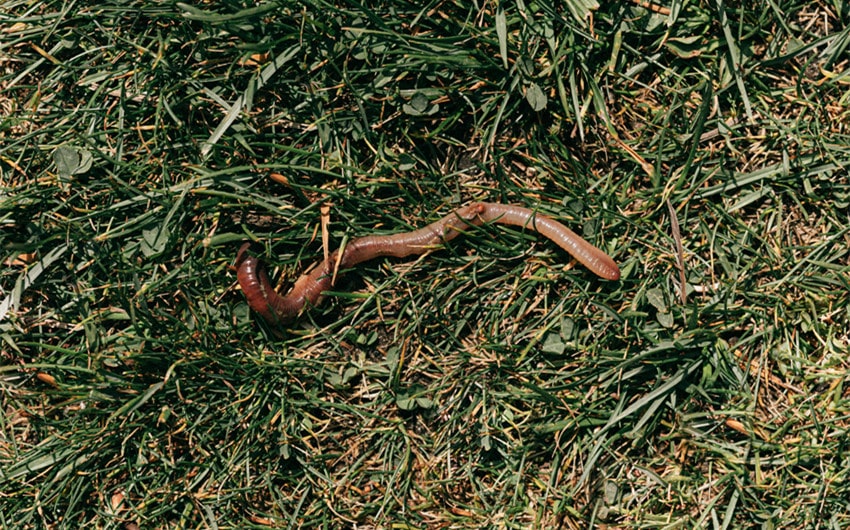
Overview:
Earthworms are vital soil organisms that play a crucial role in maintaining soil health and fertility.
Habitat and Role:
Found in soils worldwide, earthworms break down organic matter, aerate the soil, and enhance nutrient cycling.
Physical Characteristics:
Earthworms have elongated, segmented bodies, and their movement through soil creates channels that improve water infiltration.
Environmental Importance:
Their presence is often an indicator of healthy, fertile soil, making them essential for agriculture and ecosystems.
14. Eel
Overview:
Eels are elongated fish that inhabit both freshwater and marine environments, known for their snake-like appearance.
Species Diversity:
There are many species of eels, including the European Eel, American Eel, and Moray Eel.
Habitat and Migration:
Many eels are migratory, with some species, like the European Eel, traveling thousands of miles to breed in the Sargasso Sea.
Diet:
Eels are carnivorous, feeding on fish, crustaceans, and other marine life.
15. Eastern Diamondback Rattlesnake
Overview:
The Eastern Diamondback Rattlesnake is a large, venomous snake found in the southeastern United States, recognized by its distinctive diamond-shaped patterns.
Habitat and Behavior:
They inhabit pine forests, coastal scrub, and grasslands, where they hunt small mammals and birds.
Venom:
Their venom is highly potent, used primarily for subduing prey and defending against threats.
Conservation Status:
Eastern Diamondbacks are facing declining populations due to habitat loss and persecution.
16. Emperor Penguin

Overview:
The Emperor Penguin is the tallest and heaviest of all penguin species, known for its unique breeding behavior during the Antarctic winter.
Habitat and Behavior:
Emperor Penguins live in the harsh conditions of Antarctica, where they breed and raise their chicks on the ice.
Diet:
Their diet consists mainly of fish, squid, and krill, which they hunt in the frigid waters of the Southern Ocean.
Breeding:
They are famous for their long breeding cycle, where males incubate eggs on their feet through the winter while females hunt for food.
17. Eastern Gorilla
Overview:
The Eastern Gorilla is the largest primate in the world, consisting of two subspecies: the Mountain Gorilla and the Eastern Lowland Gorilla.
Habitat and Social Structure:
These gorillas live in the forests of central Africa and are known for their complex social structures, often led by a dominant silverback male.
Diet:
Eastern Gorillas are primarily herbivores, feeding on leaves, fruits, and shoots.
Conservation Status:
Both subspecies are critically endangered due to habitat destruction, poaching, and disease.
18. Eastern Chipmunk
Overview:
The Eastern Chipmunk is a small, striped rodent commonly found in North America, known for its cheek pouches used to store food.
Habitat and Diet:
Eastern Chipmunks live in deciduous forests and suburban areas, feeding on nuts, seeds, fruits, and insects.
Behavior:
They are solitary and territorial, with complex burrow systems where they store food for the winter.
Hibernation:
During the cold months, Eastern Chipmunks enter a state of torpor, waking periodically to eat from their stored food reserves.
19. European Bison
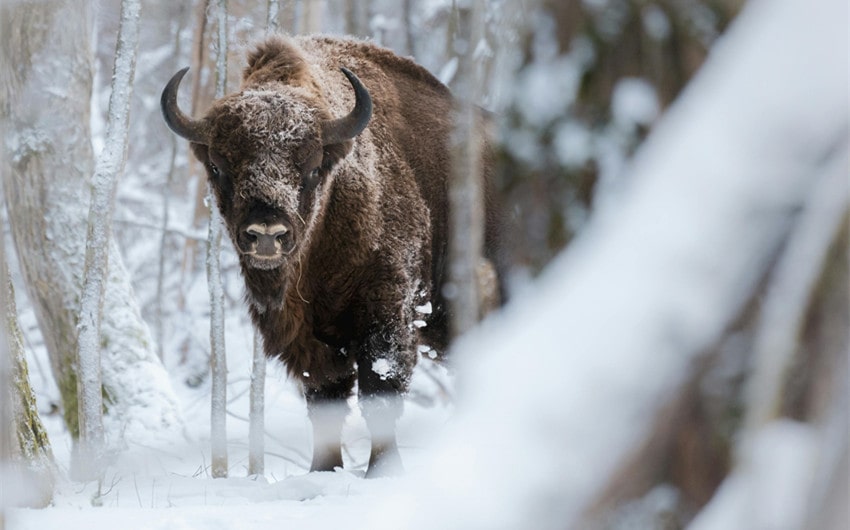
Overview:
The European Bison, also known as the Wisent, is the largest land mammal in Europe and a symbol of conservation success.
Habitat and Conservation:
Once nearly extinct, European Bison have been reintroduced to forests and grasslands across Europe through extensive conservation efforts.
Diet:
They are herbivores, feeding on grasses, leaves, and bark.
Social Structure:
European Bison live in herds, with females and their offspring forming the core of the group, while males often roam alone or in bachelor groups.
20. Elk
Overview:
Elk are large members of the deer family, known for their impressive antlers and migratory behavior.
Habitat and Behavior:
Elk inhabit forests and grasslands across North America and Asia, with distinct seasonal migrations between summer and winter ranges.
Diet:
They are herbivores, feeding on grasses, leaves, and bark, with a preference for different foods depending on the season.
Cultural Significance:
Elk have long been an important game animal and hold cultural significance for many indigenous peoples in North America.
21. Egyptian Cobra
Overview:
The Egyptian Cobra is a venomous snake species, historically associated with ancient Egyptian royalty and mythology.
Habitat and Diet:
These cobras are found in North Africa and the Arabian Peninsula, inhabiting deserts, savannas, and agricultural areas where they hunt rodents, birds, and other small animals.
Venom:
The venom of the Egyptian Cobra is potent and can be fatal, making it a feared species in its native range.
Cultural Significance:
The Egyptian Cobra is often depicted in ancient art and is believed to have been the snake used by Cleopatra to commit suicide.
22. Elephant Seal

Overview:
Elephant Seals are large marine mammals known for their enormous size and trunk-like noses, which are particularly pronounced in males.
Habitat and Behavior:
They inhabit the Pacific Ocean, with northern populations found along the coast of California and southern populations around Antarctica.
Breeding:
During the breeding season, males engage in fierce battles for dominance, using their massive size and trunks to intimidate rivals.
Diet:
Elephant Seals dive to great depths to feed on squid, fish, and other marine organisms, often staying underwater for up to two hours.
23. Eastern Coral Snake
Overview:
The Eastern Coral Snake is a small, venomous snake known for its bright red, yellow, and black banding.
Habitat and Venom:
Found in the southeastern United States, these snakes inhabit forests, sandy areas, and marshes. Their venom is highly toxic, but bites are rare due to their reclusive nature.
Diet:
Eastern Coral Snakes feed on other small reptiles and amphibians.
Conservation:
While not endangered, Eastern Coral Snakes face threats from habitat destruction and are often killed due to their venomous nature.
24. Eastern Meadowlark
Overview:
The Eastern Meadowlark is a medium-sized songbird native to North America, recognized by its bright yellow breast and melodious song.
Habitat and Diet:
These birds prefer open fields and grasslands, where they feed on insects, seeds, and grains.
Behavior:
Eastern Meadowlarks are ground nesters, building their nests in well-hidden spots among tall grasses.
Conservation:
Their populations have declined due to habitat loss, but they remain common in many areas where grasslands are preserved.
25. Emperor Tamarin

Overview:
The Emperor Tamarin is a small primate named for its distinctive mustache, resembling that of Emperor Wilhelm II of Germany.
Habitat and Behavior:
They inhabit the rainforests of South America, living in small social groups.
Diet:
Their diet consists of fruits, insects, and small vertebrates.
Social Structure:
Emperor Tamarins are highly social and communicate through vocalizations and body language, with strong bonds between group members.
26. Eurasian Beaver
Overview:
The Eurasian Beaver is a large, semi-aquatic rodent known for building dams and lodges in rivers and streams.
Habitat and Impact:
Found throughout Europe and Asia, Eurasian Beavers play a crucial role in maintaining wetland ecosystems by creating habitats for other species.
Behavior:
Beavers are known for their engineering skills, felling trees and constructing dams that can alter the flow of rivers.
Conservation:
Once hunted to near extinction for their fur, Eurasian Beavers have made a remarkable comeback due to conservation efforts.
27. European Hare
Overview:
The European Hare is a large, fast-running mammal found across Europe and parts of Asia, known for its long ears and powerful hind legs.
Habitat and Behavior:
European Hares live in open fields and grasslands, where they rely on their speed to escape predators.
Diet:
They are herbivores, feeding on grasses, herbs, and crops.
Reproduction:
Hares have a high reproductive rate, with females capable of producing several litters each year.
28. Eastern Box Turtle

Overview:
The Eastern Box Turtle is a small, terrestrial turtle native to the eastern United States, known for its domed shell and hinged plastron.
Habitat and Diet:
These turtles inhabit forests, meadows, and wetlands, feeding on a varied diet of plants, insects, and small animals.
Behavior:
Eastern Box Turtles are slow-moving and rely on their hard shells for protection, often retreating into their shells when threatened.
Conservation:
They face threats from habitat loss, road mortality, and the pet trade, leading to declining populations in many areas.
29. Ethiopian Wolf
Overview:
The Ethiopian Wolf is Africa’s most endangered carnivore, found only in the highlands of Ethiopia.
Habitat and Conservation:
These wolves live in alpine and subalpine grasslands, where they hunt small mammals like rodents.
Behavior:
Ethiopian Wolves are social animals, living in packs with complex social structures.
Conservation:
Their populations are critically endangered due to habitat loss, disease, and human-wildlife conflict, with conservation efforts focused on protecting their remaining habitats.
30. Electric Catfish
Overview:
The Electric Catfish is a freshwater fish found in Africa, capable of generating electric shocks to stun prey and deter predators.
Habitat and Behavior:
These catfish inhabit slow-moving rivers and lakes, where they use their electric organs to navigate and hunt in dark or murky waters.
Diet:
They are carnivorous, feeding on fish, invertebrates, and occasionally other small aquatic animals.
Unique Adaptations:
Electric Catfish can produce electric shocks of varying intensity, depending on the situation, making them effective hunters and well-defended against threats.


